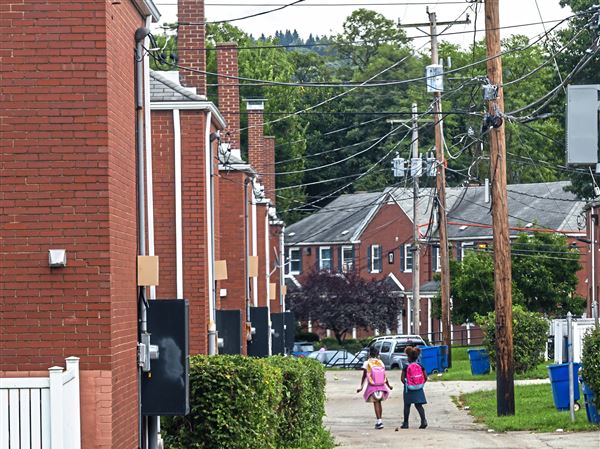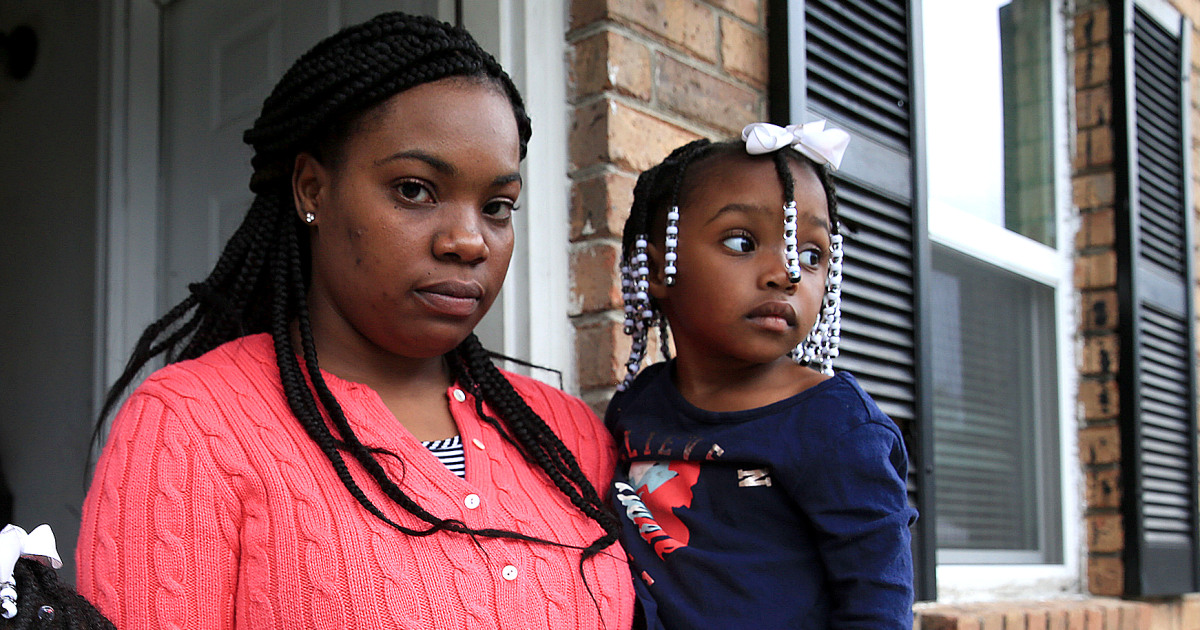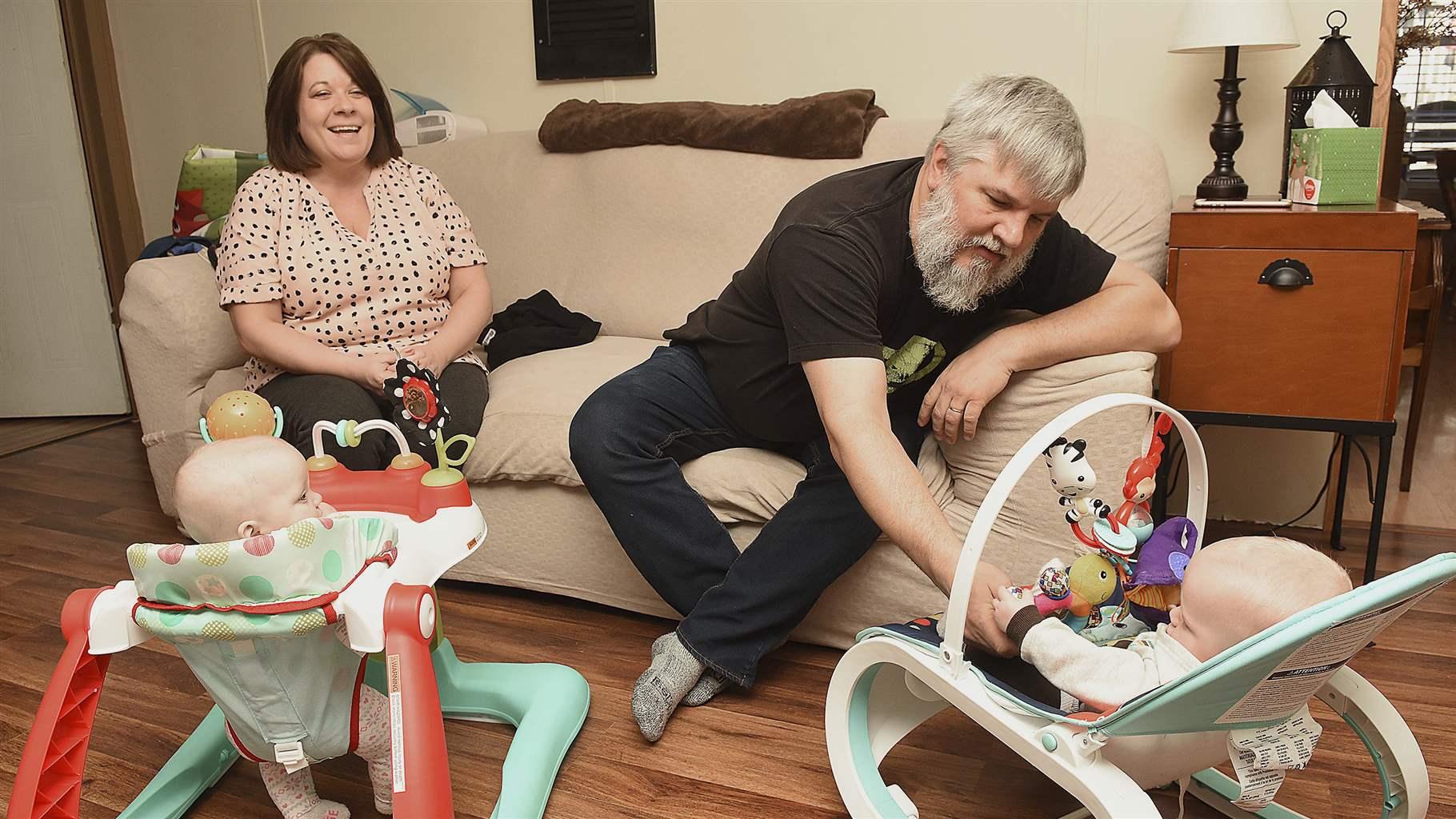Cutting the child poverty rate in half would cost $91 billion to $109 billion, the researchers estimated – but could save many times that.
A new report from the National Academies of Sciences, Engineering and Medicine lays out how to cut child poverty in half in 10 years.
While some officials urge expansion of the Medicare system, several states are mulling a different way to ensure residents have affordable coverage: help them buy into a Medicaid-like plan.
There’s a gender imbalance in many African-American neighborhoods. Mass incarceration is largely to blame.
With covenants, racism was written into Minneapolis housing. The scars are still visible. | MinnPost
Racial clauses in deeds were explicit about who could and could not buy. And while unenforceable, the language is still on the books today.
Residents of a South Carolina public housing complex are demanding answers after two of their neighbors died from the gas.
Everyone agrees that America’s foster care system needs reform. But some worry the new law may do more harm than good.
A foster care training program in Rhode Island had a 90 percent dropout rate.
Dozens of Kansas’s 7,500 foster care children go missing each year. Under a proposed law, the state would have to inform the governor and the legislature when a child goes missing or stays overnight in an office.
More than a third of Washington’s foster kids become homeless after leaving care. But in Tennessee, there’s a possible solution, and Washington is looking at copying it.
Funders and policymakers across the country are looking to the Mason County Housing Options for Students in Transition (HOST) program for inspiration to ending youth homelessness.
In her State of the City speech, Seattle Mayor Jenny Durkan said 7,400 households left homelessness for housing last year. That’s not true.











